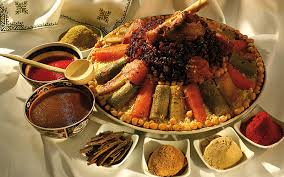
Moroccan cuisine Rich in flavor and taste and expertly spiced, Moroccan cuisine is one of the most famous in the world. The diversity of its dishes is matched only by its influences: Arabic, Berber, Moorish, Jewish, African and even Asian! Whether cooked for parties or for everyday meals, here are 15 Moroccan specialties that will awaken your taste buds!
Couscous
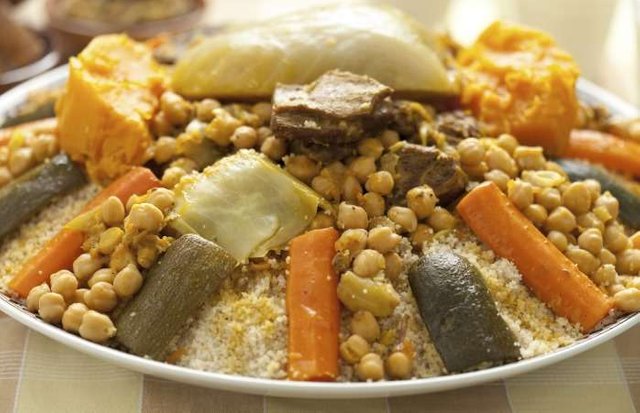
Probably the most popular dish with tajine, it is in any case the one that comes first when referring to Moroccan gastronomy. Traditionally served on Friday noon, after the prayer of dhuhr, it is tasted today indifferently every day of the week. Of Berber origin, the traditional version consists of beef and mutton, sometimes chicken, a multitude of vegetables and legumes (zucchini, turnips, beans, lentils, peas) and of course, semolina wheat. Moroccans taste it on the plate, or serve it on individual plates.
Tajine
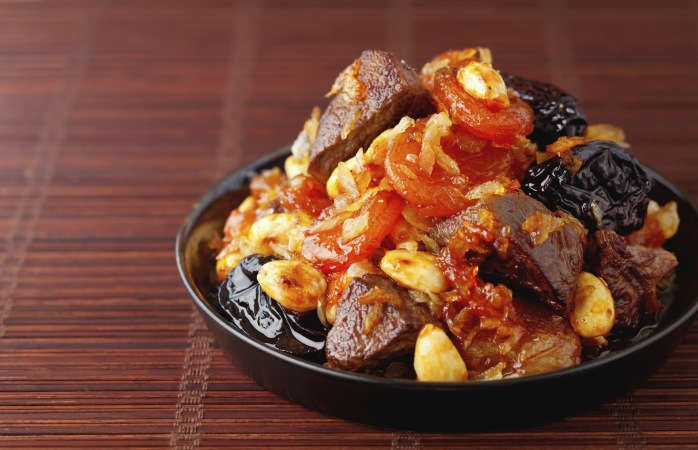
Tagine is a typical Moroccan dish whose origins are also Berber. We also say that the best tajines are still savored today in Berber territory! This is a kind of stew stewed in an earthen dish topped with a conical lid. There are an infinite number of tajine recipes, all tastier than the others: chicken tagine with vegetables, saffron or prunes, vegetable tajines with chick peas, sardine tagines, tajines of sheep with onions and chickpeas etc ... Practically a different recipe for each day of the year!
Mrouzia
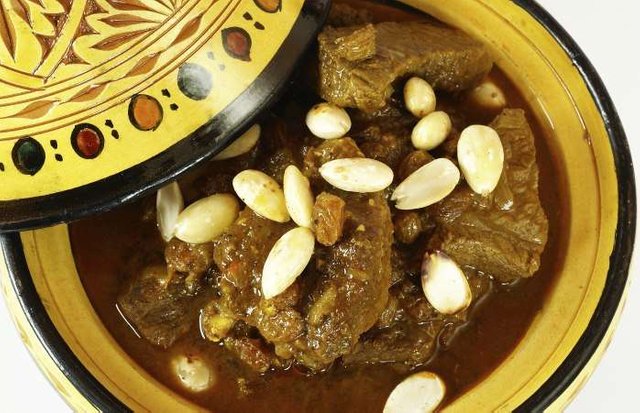
This is a very special Moroccan tajine recipe, traditionally served at the Eid el-Kebir festival and made with lamb, almond, raisins, honey and cinnamon, the whole being subtly balanced by the mixture of Ras-El-Hanout. The dish is prepared days before the party, the meat having to cook long hours, to detach without effort. In the traditional recipe, kidney fat was added to form a protective film, which made it possible to preserve the dish at a time when there was no refrigerator.
Pastilla
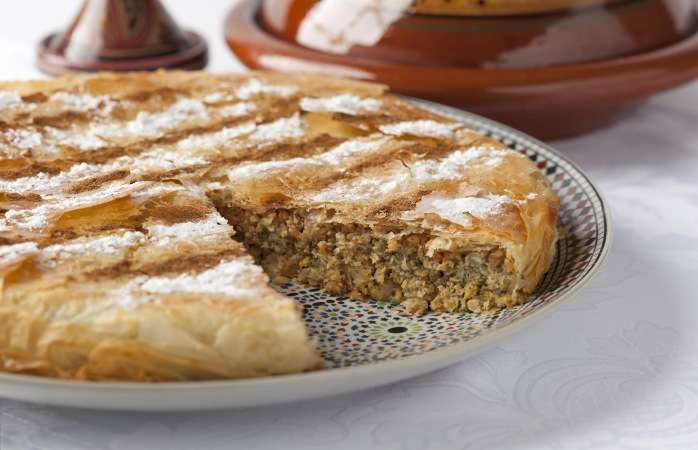
Third great Moroccan specialty, the pastilla comes from Fez. The traditional version is made from pigeon, but there are still several variants. Served during parties and receptions, it can be sweet or salty, the latter version being the most common. This is a puff pastry cake, made with pastry sheets and stuffed with a pigeon mince or chicken, before being sprinkled with sugar and cinnamon. There are also fish pastillas, others seafood while Johara, the pastilla of Fez, is a sweet preparation where the pastry sheets are filled with a milk cream and cornstarch.
The Mechoui
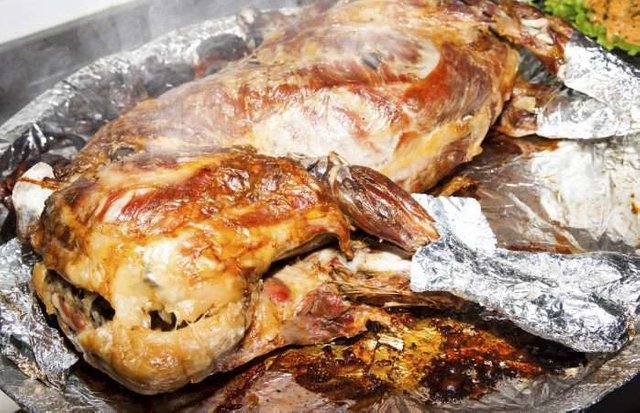
Meat-based dish, mechoui means more a cooking method than a particular recipe. Of Arabic origin, it is a common dish, served mainly for weddings or special occasions. The special feature of the Moroccan mechoui is that the lamb or mutton is cooked, not on the spit, but in the stew, in a kiln, for long hours. Hand-cut pieces are then detached, and distinguished guests are traditionally served first.
The Harira
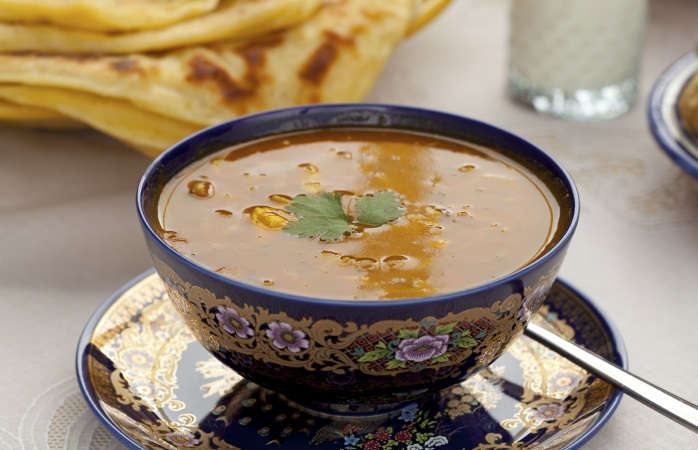
The Harira is a traditional Moroccan soup, not always digestible and with nutritional properties questionable, but still appreciated by Moroccans to break the fast of Ramadan. Of Andalusian origin, it consists of tomatoes, meat, onions and pulses. It is served with boiled eggs, honey pancakes or Moroccan pastries.
Briouate
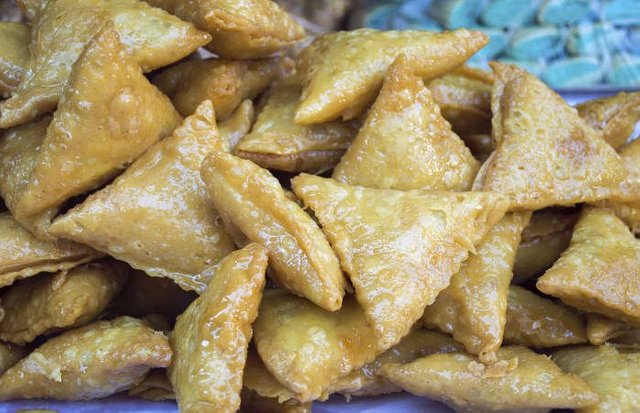
Briouate, or briwate, is a laminated triangle that can be sweet or salty. Originally from Fez, its most common version consists of almonds, sugar, orange blossom water and cinnamon, all wrapped in a Moroccan Bastilla leaf. Briouates with seafood are also very popular. There are other recipes where the triangles are stuffed with minced meat, chicken, cheese, or vegetables.
The salads
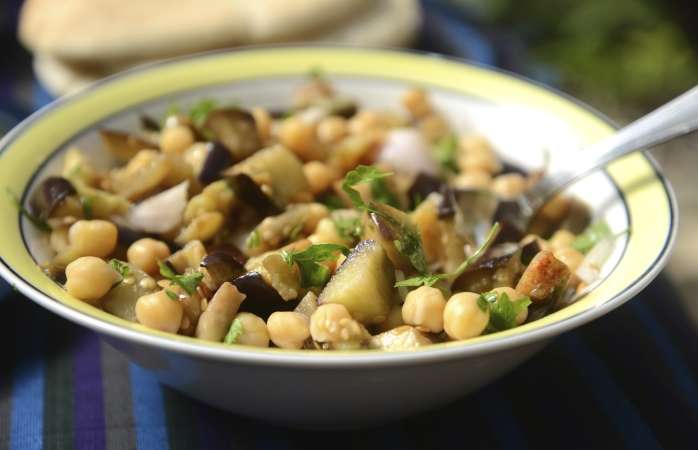
During a traditional Moroccan meal, many salads are served before or during the meal, hot or cold. Whether simple or complex, all bring a touch of freshness and allow Moroccans to consume a lot of vegetables. Tomatoes with cucumbers, carrots with cumin, eggplant zaalouk, zucchini with hazelnuts, mushrooms with celery, orange lentils ... once again, the variations are endless!
Mint tea
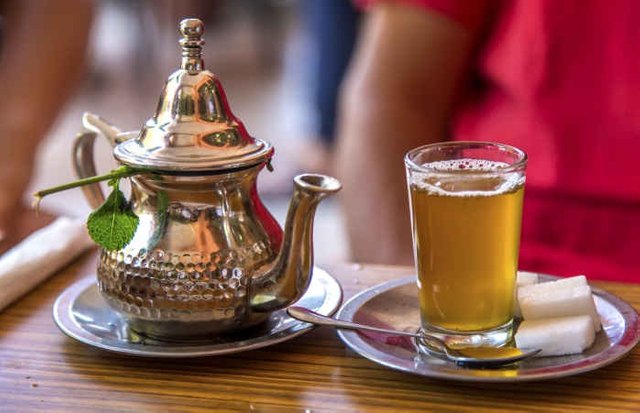
How to evoke Moroccan specialties not to mention the traditional mint tea? Concluding wonderfully a good Moroccan meal, it is also the drink of hospitality, one of those who do not refuse. Based on Chinese green tea, sugar and mint, its preparation is traditionally the business of the head of the family. In some areas, ingredients like sage, verbena, cinnamon or orange blossom water can be added. It blends perfectly with Moroccan pastries, but is also consumed at any time of the day.
SOURCE : https://www.momondo.fr/discover/article/specialites-marocaines
Great first post - hope to see more!
Downvoting a post can decrease pending rewards and make it less visible. Common reasons:
Submit
Thanks for the encouragement, there are more recipes in the future
Downvoting a post can decrease pending rewards and make it less visible. Common reasons:
Submit